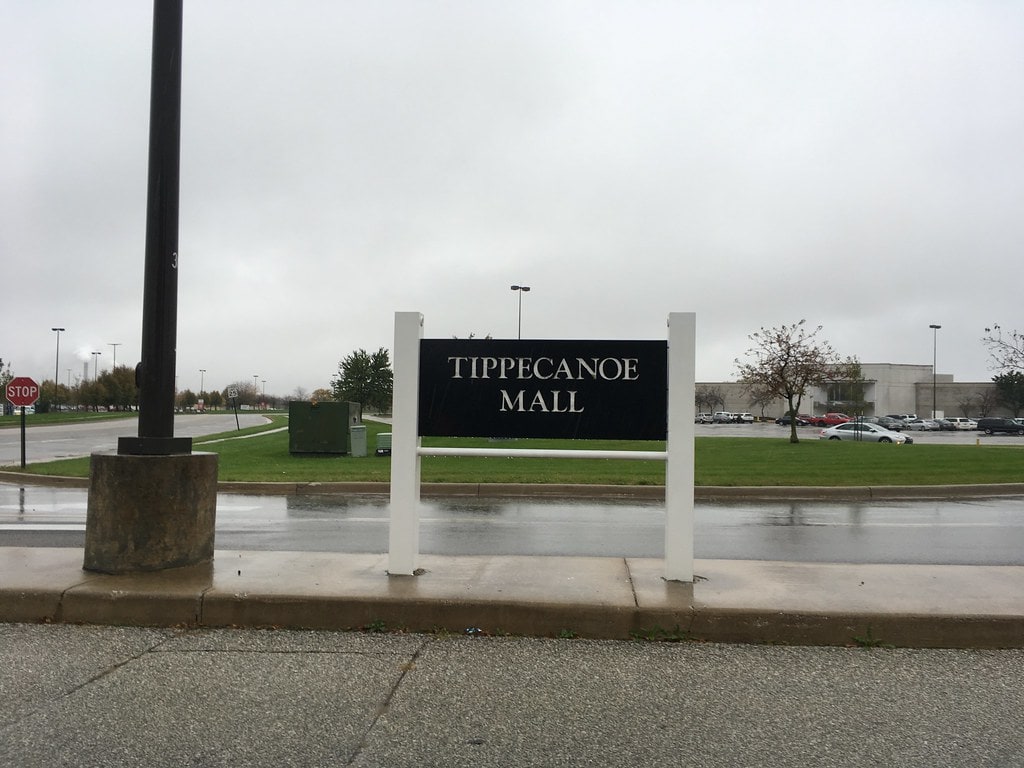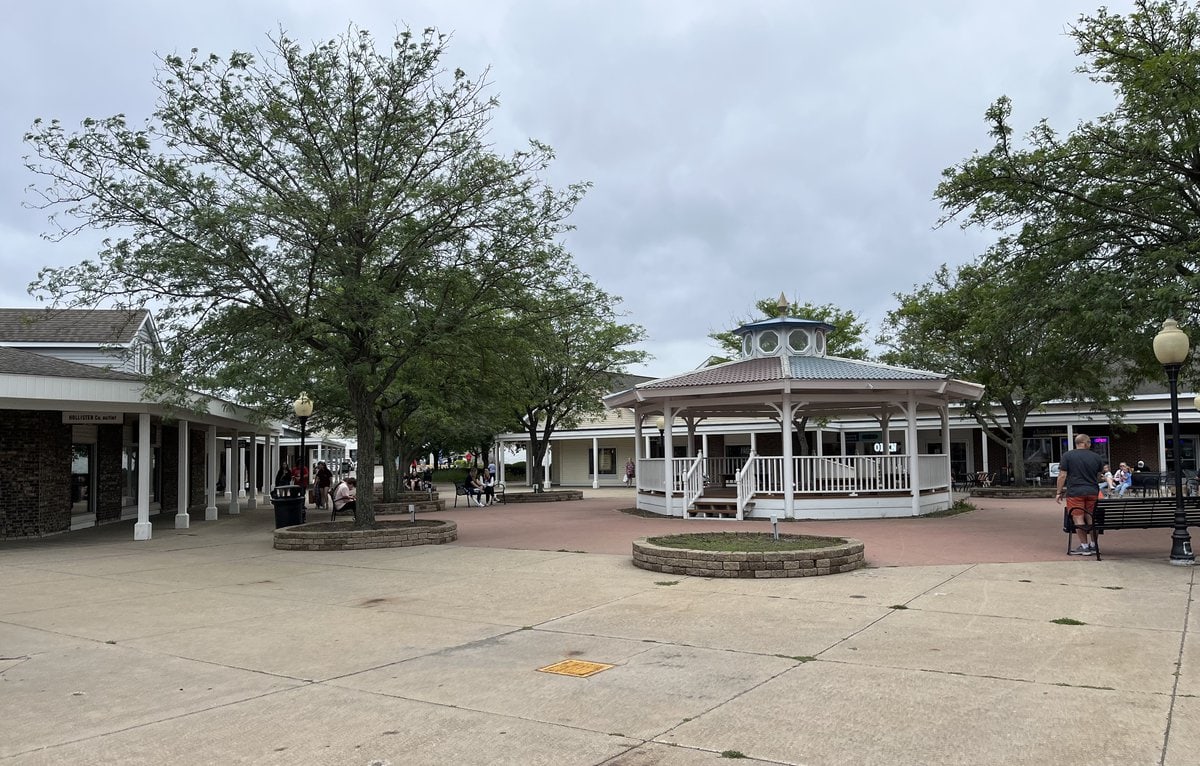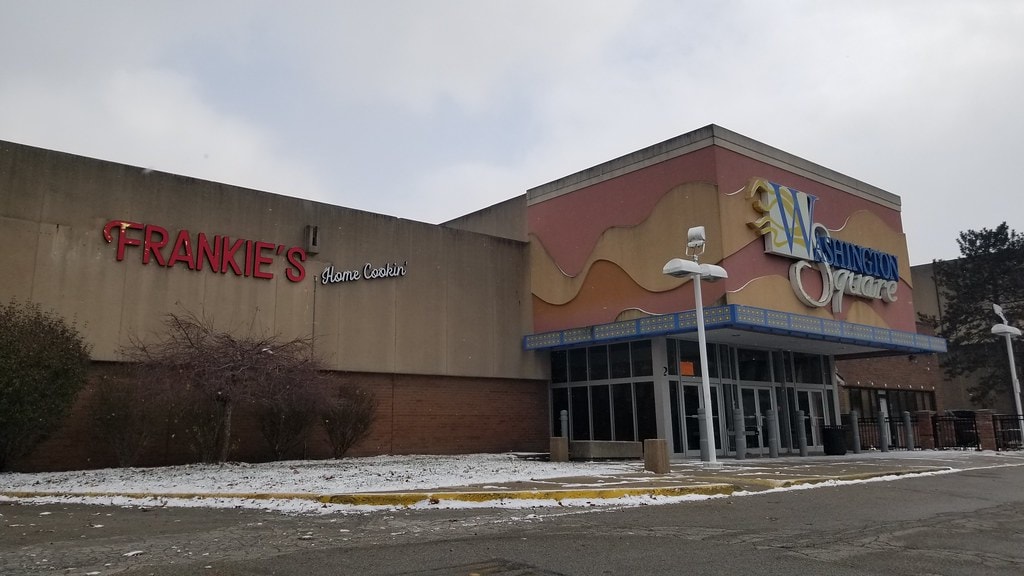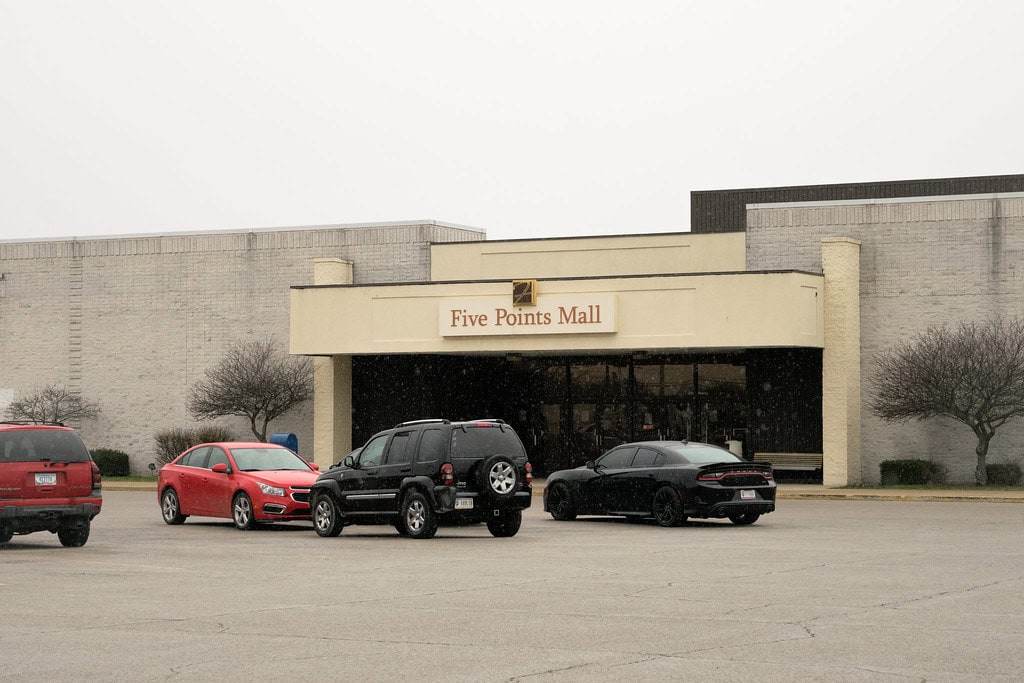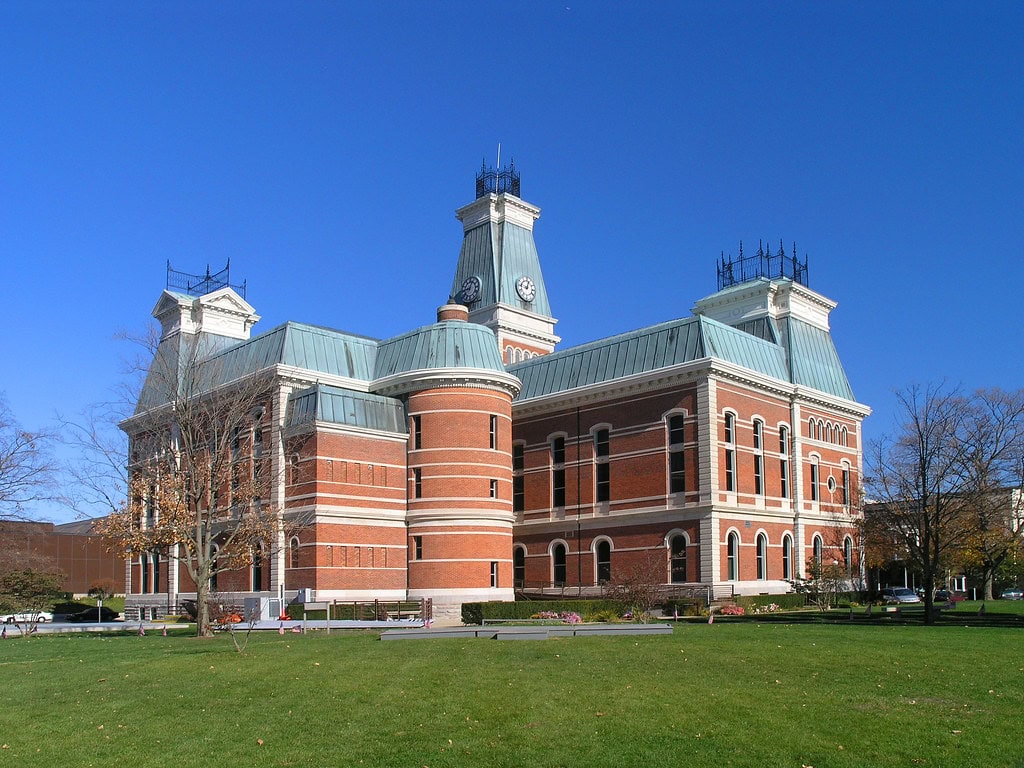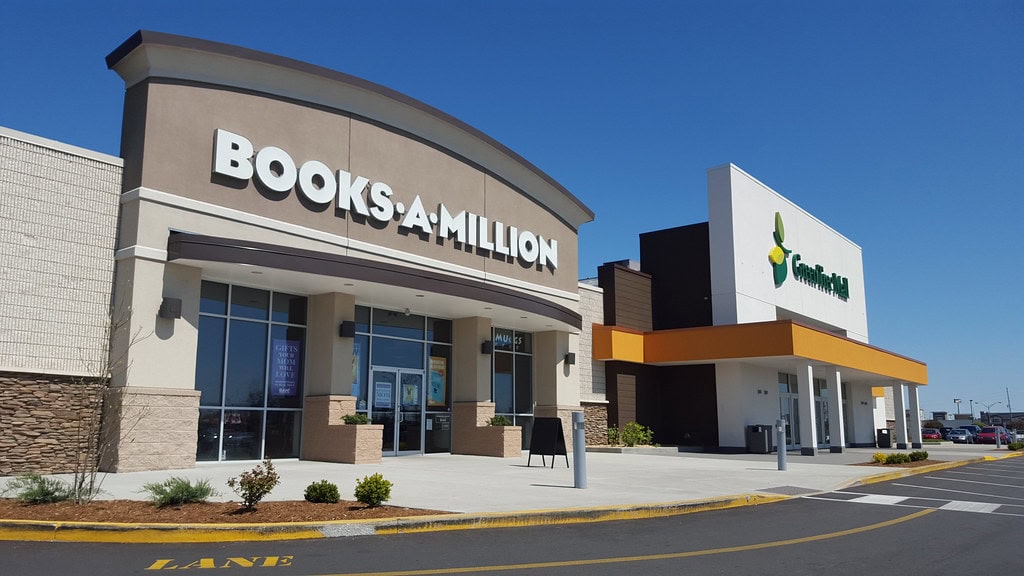Evansville, Indiana, has its share of stories residents wish had never happened, and this list brings together ten that still echo in city debates, old newspaper columns, and everyday conversations.
Count down through Evansville's vanished stadiums, abandoned skyscrapers, long-closed theaters, and the curious case of a riverboat casino that once floated downtown.
Some entries are infamous; see if you can guess which number brings up a national scandal or which one covers a public project that sat empty for years.
Others may be the sort of thing you've heard a neighbor mention but never looked up. As you read, test your knowledge: How many of these Evansville facts would you have gotten right?
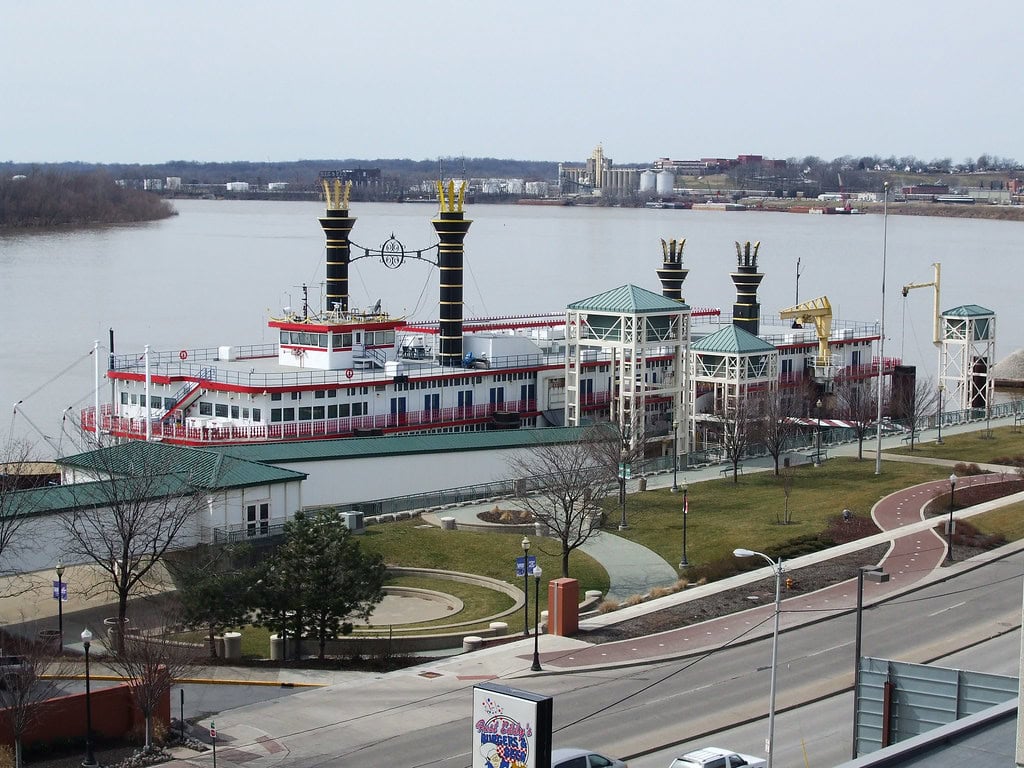
The Roberts Municipal Stadium Was Torn Down After Hosting Major Events for Over 50 Years
Roberts Stadium opened in 1956 as Evansville's main indoor arena, hosting concerts, basketball tournaments, and major civic gatherings.
The stadium hosted acts like Elvis Presley and was home to the University of Evansville basketball team during their championship years.
In 2011, the building was closed and then demolished in 2013 to allow for a new city park.
The demolition drew criticism from many who remembered the stadium as a center of city life, and some pointed to the loss of a venue with historic ties to both sports and entertainment in southern Indiana.
The Evansville Sewer Crisis Resulted in Decades of Federal Oversight
In 2011, the city of Evansville entered into a consent decree with the Environmental Protection Agency to address long-standing problems with its combined sewer system.
Heavy rains would overwhelm the system, causing untreated sewage to flow into the Ohio River and local neighborhoods.
The consent decree required Evansville to spend hundreds of millions of dollars over decades to update its infrastructure.
Residents faced higher utility bills, and the city had to commit to an expensive, lengthy construction plan, which affected roads and traffic for years.
Downtown Evansville's Pedestrian Mall Erased Historic Blocks but Failed to Revive Retail
In the late 1960s and 1970s, Evansville's city government cleared significant areas of its downtown, demolishing historic buildings, churches, theaters, and entire blocks of commercial and residential property under urban renewal.
The most prominent result was a pedestrian mall built along Main Street, designed to draw shoppers back from suburban malls by banning cars and modernizing storefronts.
Despite hopes for renewed retail, the pedestrian mall struggled, with businesses closing or moving to new malls like Eastland and Washington Square.
By the 1990s, the pedestrian mall itself was largely removed, and Main Street was reopened to vehicles.
The episode continues to influence discussions about downtown redevelopment and historic preservation in Evansville.
Evansville's Tallest Building Stood Mostly Empty After Its Anchor Tenant Left
The Fifth Third Center, formerly known as Citizens National Bank Building, opened in 1981 as Evansville's tallest structure at 226 feet.
When Fifth Third Bank consolidated offices and left the downtown tower in the 2010s, large portions of the building became vacant.
Multiple efforts to find new tenants or redevelop the upper floors struggled for years, leaving much of the skyline's most prominent feature underutilized.
Empty office space in such a visible location became a symbol of shifting economic fortunes and challenges facing downtown Evansville.
The "Evansville Shipyard" Built WWII Landing Ship Tanks, but Later Became a Polluted Brownfield
During World War II, the Evansville Shipyard produced more than 150 Landing Ship Tanks (LSTs) for the U.S. Navy, bringing thousands of jobs to the city.
After the war, the site was used for heavy industry, then closed and left as a contaminated brownfield by the late 20th century.
Efforts to clean up the site and attract new investment have taken decades, with some parcels still facing environmental restrictions.
The legacy of the shipyard highlights both Evansville's industrial past and the long-term consequences of pollution.
Evansville's "Bloody October" of 1903 Led to a Riot and National Scrutiny
In October 1903, Evansville was the site of a violent racial conflict that culminated in the lynching of an African American man named George Smith.
Accused of attacking a white woman, Smith was jailed and later seized by a mob despite attempts by law enforcement to intervene.
The incident drew national attention and sparked condemnation in newspapers across the country.
It remains one of the darkest chapters in the city's early 20th-century history.
It is still discussed in academic and historical circles.
Whirlpool Closed Its Evansville Refrigerator Plant in 2010, Costing 1,100 Local Jobs
On August 28, 2009, Whirlpool Corporation announced it would close its Evansville, Indiana, refrigerator manufacturing facility in 2010.
This decision eliminated around 1,100 jobs, affecting workers, suppliers, and the city's tax base.
Whirlpool's move came after more than 50 years of operation in Evansville, where the plant was a major employer.
The closure was covered by local and national media.
It triggered debates about economic incentives, industrial decline, and redevelopment plans for the former site.
The Mesker Amphitheatre Closed in 2012 and Sat Idle Despite Proposals for Reuse
Mesker Amphitheatre, an open-air venue that opened in 1951, hosted concerts, festivals, and civic events for more than half a century.
Due to declining attendance and maintenance issues, the city closed it in 2012.
Proposals to revive or repurpose the amphitheatre circulated for years, but no plan materialized.
The empty structure became overgrown and weather-damaged, and its fate was a subject of ongoing debate among city officials and residents interested in preserving local entertainment history.
A Controversial Riverboat Casino Was Moored for Years Before Being Retired
Casino Aztar opened in 1995 as Indiana's first riverboat casino, docked on the Ohio River in downtown Evansville.
Operated aboard a riverboat to comply with early state gaming laws, the casino was part of a $110 million development project that included a hotel and entertainment complex.
Some residents objected to legalized gambling in the city, citing concerns over addiction and urban decline.
Over time, regulations changed, and in 2017, the Tropicana Evansville casino moved operations onto land, retiring the riverboat.
The empty vessel lingered for a while before being removed, leaving a divisive legacy about the role of gambling in the city's economic plans.
The Pigeon Creek Greenway Was Delayed for Years by Funding and Land Disputes
Plans for the Pigeon Creek Greenway, a public trail system meant to connect Evansville neighborhoods with parks and the riverfront, began in the 1990s.
Progress was slow, with disputes over land acquisition and repeated delays in securing federal and local funding.
Construction occurred in fits and starts, with some trail segments finished years before others.
For a long period, large sections remained incomplete, frustrating those hoping for a continuous green corridor through the city.
The protracted timeline became a talking point in local government and media.

